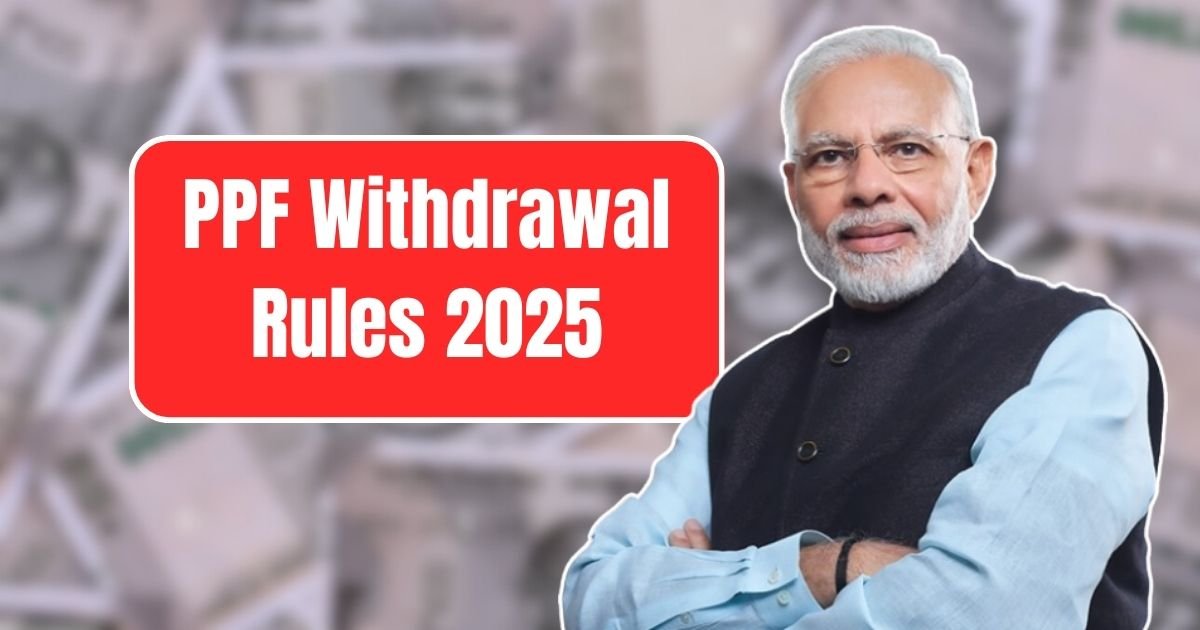Public providing fund(PPF) is one of the most reliable tax-free investments that continue to amaze people with its state-guaranteed safety. When 2025 arrives, changes to the rules on drawdown will make it more attractive, a sensible balance between flexibility and long-term wealth creation. Be it to cover emergency or plan future post-maturity actions, it is important to know these rules in order to reap the best of your PPF benefits. This article takes an in-depth look into the most recent 2025 changes providing you with clear insight to make your financial decisions.
Flexible Access In Terms Of Five Years
PPF now has a facility to partially withdraw, after a five-year period, a welcome development by those in need of liquidity. You may take an amount totalling up to 50 percent of the balance at the end of the fourth year or the immediately preceding year, whichever amount is less. This way you can access the money leaving your account active, and watch the rest compound. Practically, one of the accounts opened in 2020 may gain access to considerable amounts in 2025 in case of necessity, such as emergency expenses on education or treatment.
Early Shut Down On Emergency Requirements
This uncertainty in life, sometimes requires early access to savings. Provided that certain circumstances such as the medical emergency or the increased expenses of higher education occurred, PPF will allow early withdrawal after five years. This, however, is accompanied by a carry cost, that is, the interest rate deduction by 1 percentage as of the account opening. This penalty would stimulate long term savings but still there is a safety net should there be critical circumstances and one cannot be trapped.
Full withdrawal At Maturity
Your PPF account matures after 15 years, which enables you get the entire principal amount, along with tax-free interest. When an account was opened in 2010, penalties-free withdrawal is expected in 2025. You can also write to your bank or post office giving Form C and the PPF passbook to close the account. This unrestricted access qualifies PPF to be a credible vehicle in long term objectives such as retirement or investing in a large outcome.
A Deeper Journey Continued And The PPF
After maturity, it can be put in the extension mode of PPF account in a period of five years with or without contribution. If you do not make a contribution, you can withdraw the whole balance at the end of the year every year. Under contributions, you receive only 60 percent of the balance when the extensions begins to pay out, over a five-year period. It allows you to manage your approach and balance between liquidity and uninterrupted tax-free growth.
Tax Plots,els Confidence
The outstanding characteristic of PF withdrawals is that such withdrawals are tax-free. The contributions that one can make are tax-deductible as per Section 80C and interest and the principal at the end are tax-free. But, a rule proposed in 2021 imposes tax on interest on more than 2.5 lakh deposited under the provident funds including PPF. This keeps PPF one of the most popular tax effective wealth accumulation vehicles.
Simplified Procedure On Obtaining The Money
The process of withdrawal in 2025 is easier when Aadhaar-based e-KYC has been implemented as of July 27, 2025. The paperless option makes the process of deposits and withdrawal far simpler as the amount is credited to your linked savings account directly. Compared to the other deposit schemes, PPF is more convenient to use as it provides access to funds in a short period when you submit the obligatory Form C together with the required documents.
Planning Is intelligent, withdrawal Is Wise
The 2025 PPF regulations are the optimal value between access and responsible savings. By learning these updates, you are able to borrow funds tactically with the highest level of tax-free returns. Ensure your papers are in order and take advantage of e-KYC to get smooth withdrawals, so your PPF supports your financial objectives.
Also Read: Fitment Factor Hike 2025: Salary Boost Likely Under 8th Pay Commission
